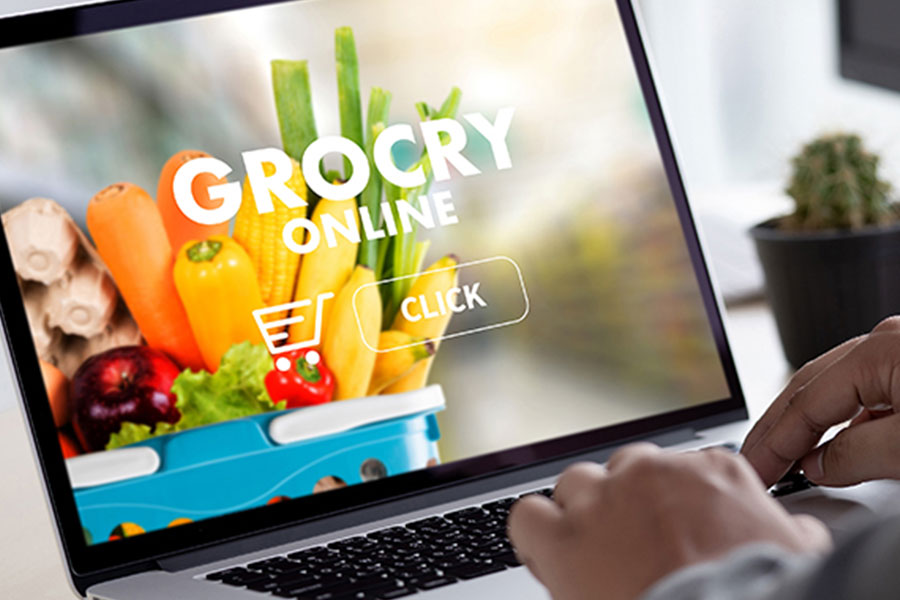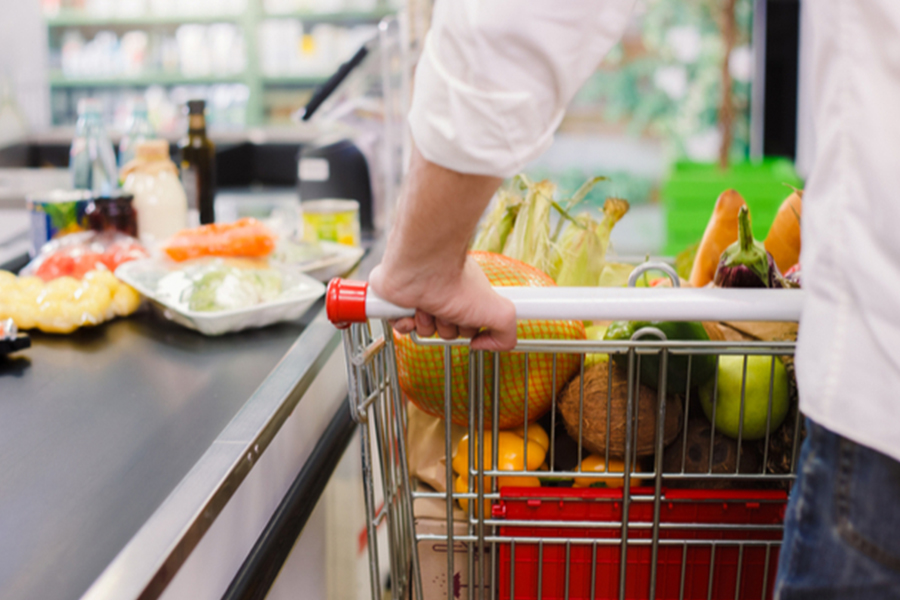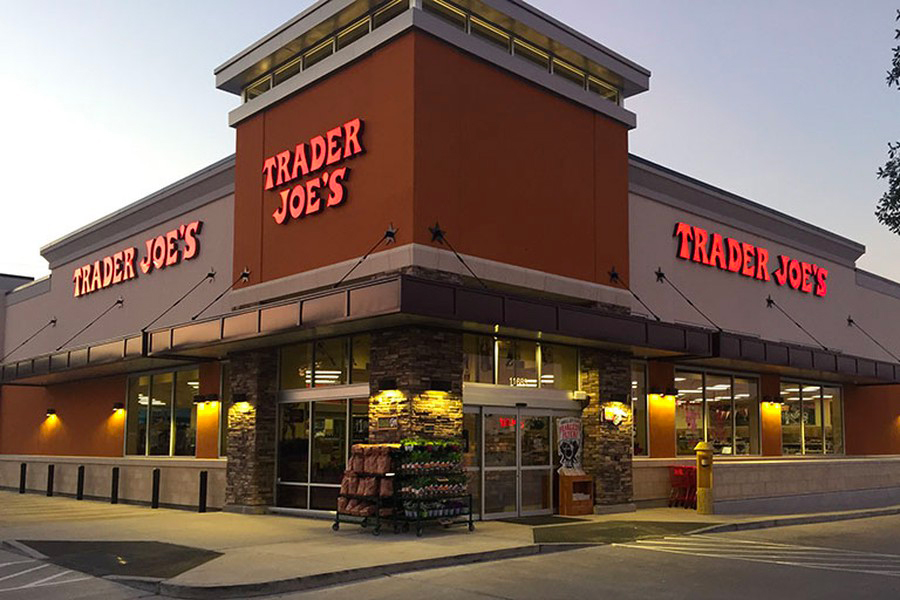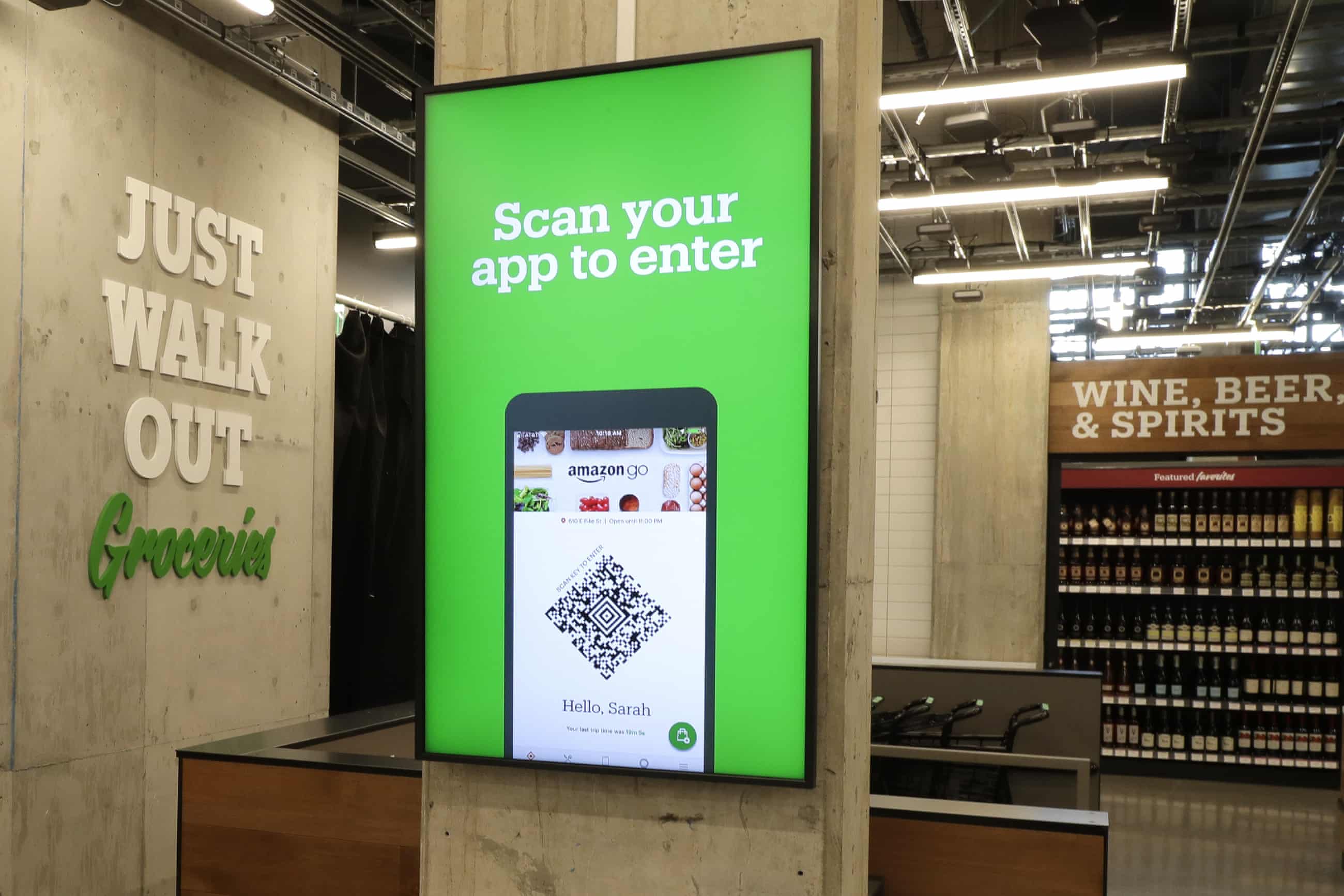UK online grocery sales have reached record levels during the Covid-19 crisis, according to data released today by Nielsen. The analysis showed that online grocery spend totalled £1.2 billion in …


UK online grocery sales have reached record levels during the Covid-19 crisis, according to data released today by Nielsen. The analysis showed that online grocery spend totalled £1.2 billion in …

Amazon, Walmart and Costco are among the big-name retailers atop the third annual BrandZ Top 75 Most Valuable Global Retail Brands ranking released April 30 by WPP and Kantar. Other, more pure-play grocers …

Over-65s spent 94% more on online grocery deliveries than they did this time last year; Online grocery sales now account for 10.2% of total sales vs 7.4% last month; Overall …

Ever since the start of the COVID-19 outbreak, Walmart WMT has been impressive. Walmart has waived April rent for its in-store tenants, it has speed rushed contactless payment systems into operation, installed …

Like many, I first want to say how proud I am to be associated with the retail food industry. The efforts on the part of everyone in the industry to …

The grocery segment is one of the hottest in the retail industry. Once considered a laggard, grocers have caught up with the leaders and continue to earmark large investments to redefine the customer experience and infuse the path to purchase with new digital capabilities. Overall, Walmart and Kroger remained the top leaders in the US grocery market in 2019, with a combined market share of roughly 30%, which is largely unchanged since 2017, according to UBS. But hard discounters are expected to ramp up pricing pressure this year by aggressively opening new stores, while regional chains continue to gain market share. And grocers can only wait and see what else Amazon has in store for 2020, having just opened its first, full-size, cashierless Amazon Go Grocery store in February. There is still room for smaller grocery chains to thrive, but as we learned from the recent bankruptcy declarations of Earth Fare, Lucky’s Market and Fairway, organic and local are table stakes now and not a source of growth. Grocery retailers are investing heavily in digital capabilities and beefing up their tech firepower with robotic technologies, artificial intelligence, computer vision, inventory management, mobile experiences and more. Meanwhile, fast free delivery and improved click-and-collect experiences are reshaping how consumers shop for groceries. Smaller chains must be savvy in their investments if they intend to keep up with the national powerhouses, or at least capture a respectable share of the $678 billion grocery market. 42% Grocery retailers said staying current with technology is a key concern keeping them up at night. Grocers report 17% of total sales today can be attributed to digital efforts. This success has led grocers to expand deployment of next-gen digital experiences and technologies Source: RIS News

Trader Joe’s is on track to make history—yet again—with plans to move into the landmarked space beneath the Queensboro Bridge on New York’s Upper East Side. The Monrovia, Calif.-based retailer’s …

The online retailing giant is opening its first cashier-less supermarket, where shoppers can grab milk or eggs and walk out without waiting in line or ever opening their wallets. It’s …

Adding scale to compete with big rivals, The Kroger Co. and Walgreens have created a group purchasing organization (GPO) called the Retail Procurement Alliance. Kroger and Walgreens said that the …

Walmart is donating 75 acres of land that will be developed into a park at the intersection of SW 8th and I Streets in the mega-retailer’s hometown of Bentonville, Arkansas. …